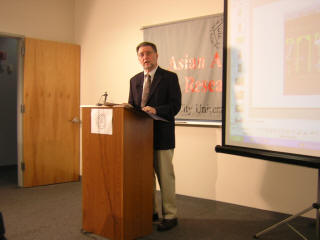
Ethnic stereotypes and their commercial exploitation hinder the socioeconomic advancement of immigrants and ethnics. Over the past three decades I have studied, and photographed, a wide range of internationally recognized ethnic neighborhoods where one finds ethnic festivals and more mundane spectacles. “Chinatown” and “Little Italy” are two of many genres of commercial precincts or what I have called elsewhere “Ethnic Theme Parks.

This presentation will address two of the recognized “potential problems” for The Immigrant Tourist Industry: the reinforcement of stereotypes about the ‘authentic’ ethnic Other or the ‘authentic’ ethnic experience, and the homogenization and fossilization of urban landscapes. Theoretical and methodological discussions will be illustrated and supported by comparable photographs taken in cities where “Chinatown” and/or “Little Italy” have touristic currency. For example, Mention of “Chinatown” and/or “Little Italy” can be found in commercially produced tourist guides such as the Lonely Planet Guide, Fodor’s, and/or Frommer’s. Photos from: London, Boston, New York, Philadelphia, St. Louis, Los Angeles, Rome, San Francisco, Washington DC., and most recently Sidney and Perth, Australia.



